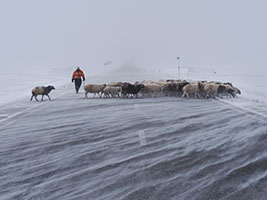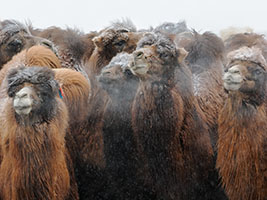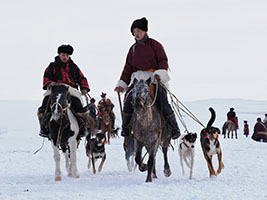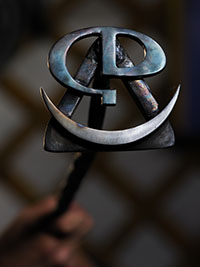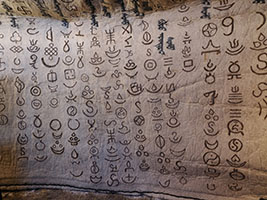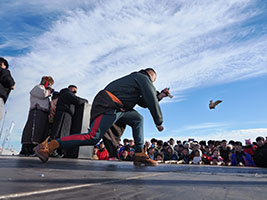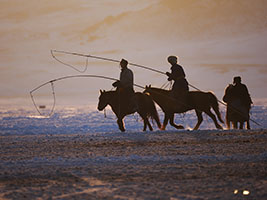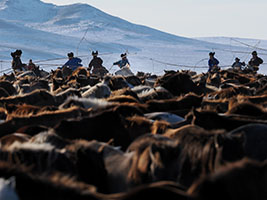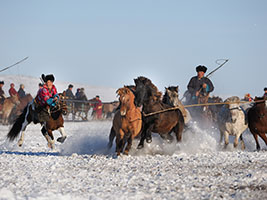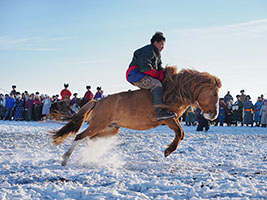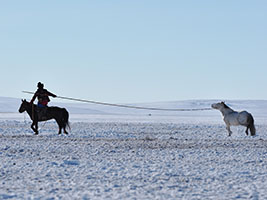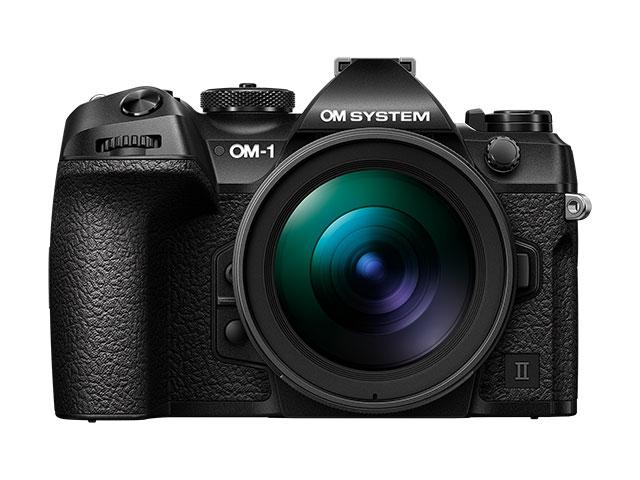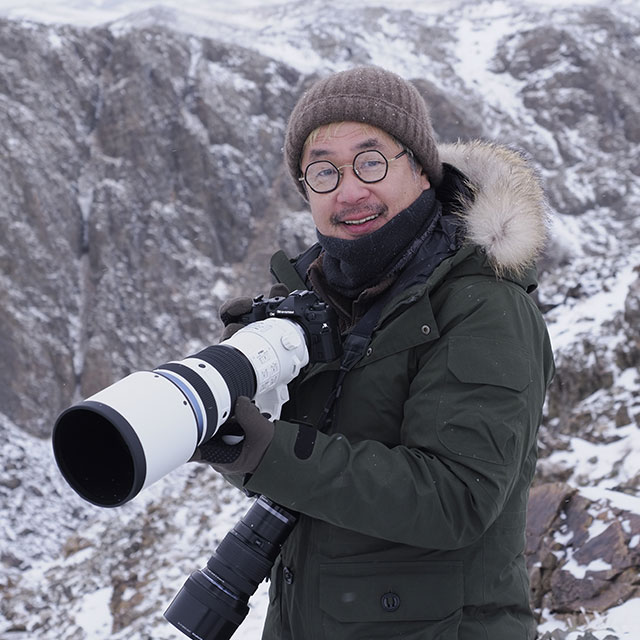
Tetsuro Shimizu

Tetsuro ShimizuJapan
Born in Yokohama City in 1975. After graduating from the Nippon Photography Institute, Shimizu worked as an assistant to photographer Toshinobu Takeuchi for three years and then began freelancing at 23. Active in a wide variety of genres including nature to snapshots and documentary photos with a unique point of view. His photo collections include CHANGE, New Type, Otamajakushi Genetic Memory (Tadpoles’ Genetic Memory), Wadachi (Track), Tokyo Karasu (Tokyo Crows), and the photo essay Umatabi - Mongoru 20 Nenkan Shuzai Shita Shashinka no Kiroku (Journey on Horseback - The Journal of a Photographer Covering Mongolia for 20 Years). Holds many individual exhibitions. Main awards include the 1st Yonosuke Natori Photography Award, the 2014 Photographic Society of Japan Newcomer’s Award, and the 2016 Sagamihara Photography Newcomer Honorable Mention Award. He is a director of the Japan Professional Photographers Society and a part-time lecturer in the Department of Photography, College of Art, Nihon University.
The punishing Mongolian winter has begun. In November, the country is buffeted by one cold wave after another, and nearly every day is 20°C below zero or colder. Regardless of the temperature, weather, or season, the nomads take their livestock to graze once the sun rises, then bring them home before sunset, day in and day out.
In November, a horse festival is held in the Khentii Province of eastern Mongolia. Despite being about horses, the true stars of the show are the nomads. It is a competition showcasing their superior horsemanship skills. Events include rounding up semi-wild horses on the plains with an uurga (lasso pole), and riding rampaging horses without a saddle in a rodeo and then taming them. The simplicity of pitting a horse against man in repeated feats of strength is truly straightforward. If the horse manages to escape, it wins. If the nomads lose or fall off their horses, the crowd laughs. This being said though, the proud men of the nomads don’t lose easily. I don’t want to miss a single moment, so I keep peering through the viewfinder of the OM-1 Mark II and use quiet sequential shooting. It works without any problems even in the cold, the AF tracks moving subjects without a problem, and I have no complaints about the battery.
The first time I saw a competition of nomads breaking livestock bones (thoracic vertebrae) by chopping them with their bare hands was truly impressive. The bones are so hard that an amateur like me would break his hand, but the nomads chop one after the other like it’s nothing. It seems like timing is key. Eating the meat down to the bone marrow is a way to honor the livestock that keeps the nomads alive. The nomads treat the animals as kindly as if they were their own children, using them as transportation, and finally accepting the gift of their lives, using absolutely everything including skins and furs. After photographing the festival for two days, I understood the love that Mongolians have for their horses.

